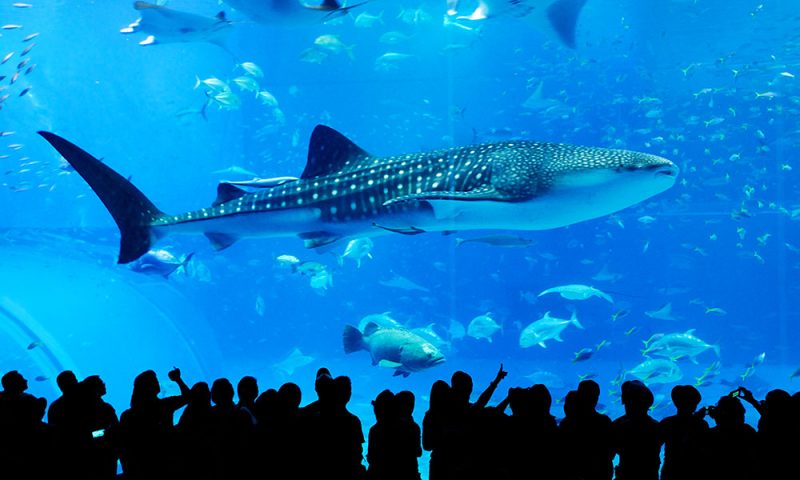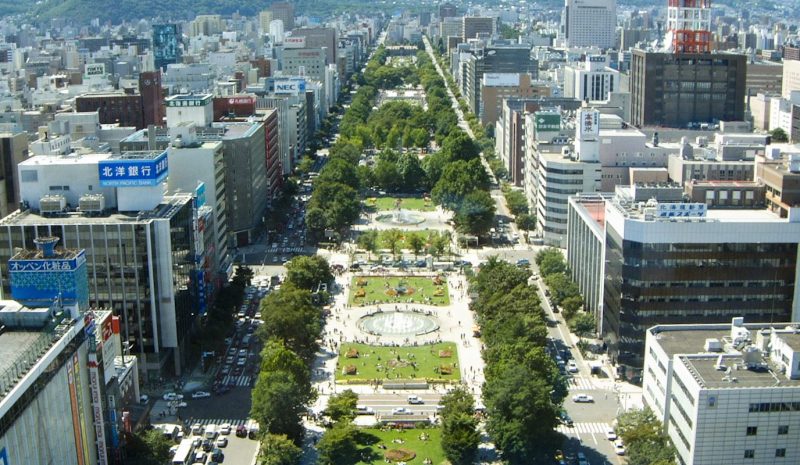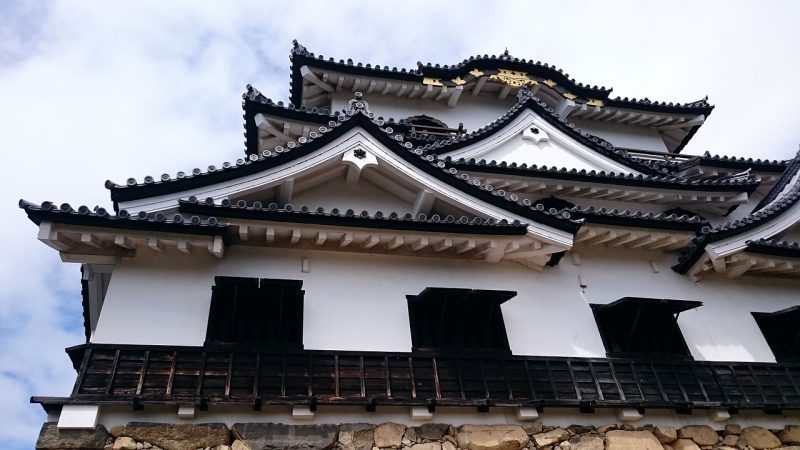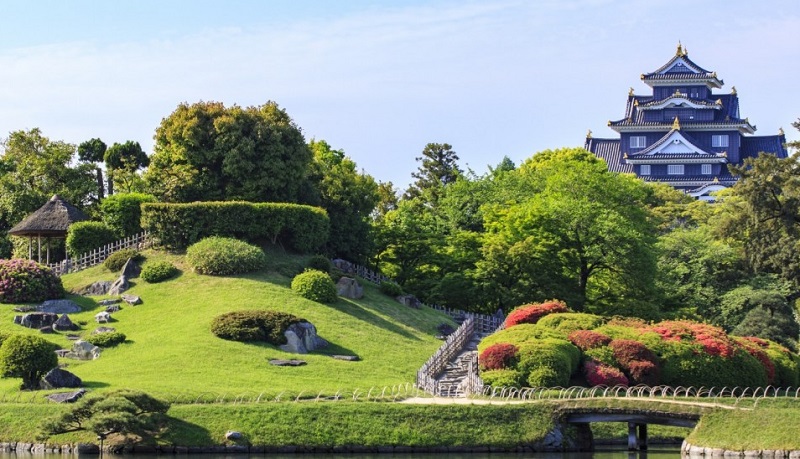Thousands of Buddhist temples dot the Japanese countryside and inhabit its cities. According to one resource, “virtually every Japanese municipality has at least one temple, while large cultural centers like Kyoto have several hundred.” Many are hundreds of years old, others well over one thousand.
Temples typically consist of a number of halls and structures. Gates mark the edges of the temple grounds. The main hall of each temple is used to display sacred objects, such as statues of Buddha, gods, or goddesses; pagodas are used in a similar manner. Lecture halls are used as places of meeting and teaching. Some temples are still used as monasteries, home to Buddhist monks.





